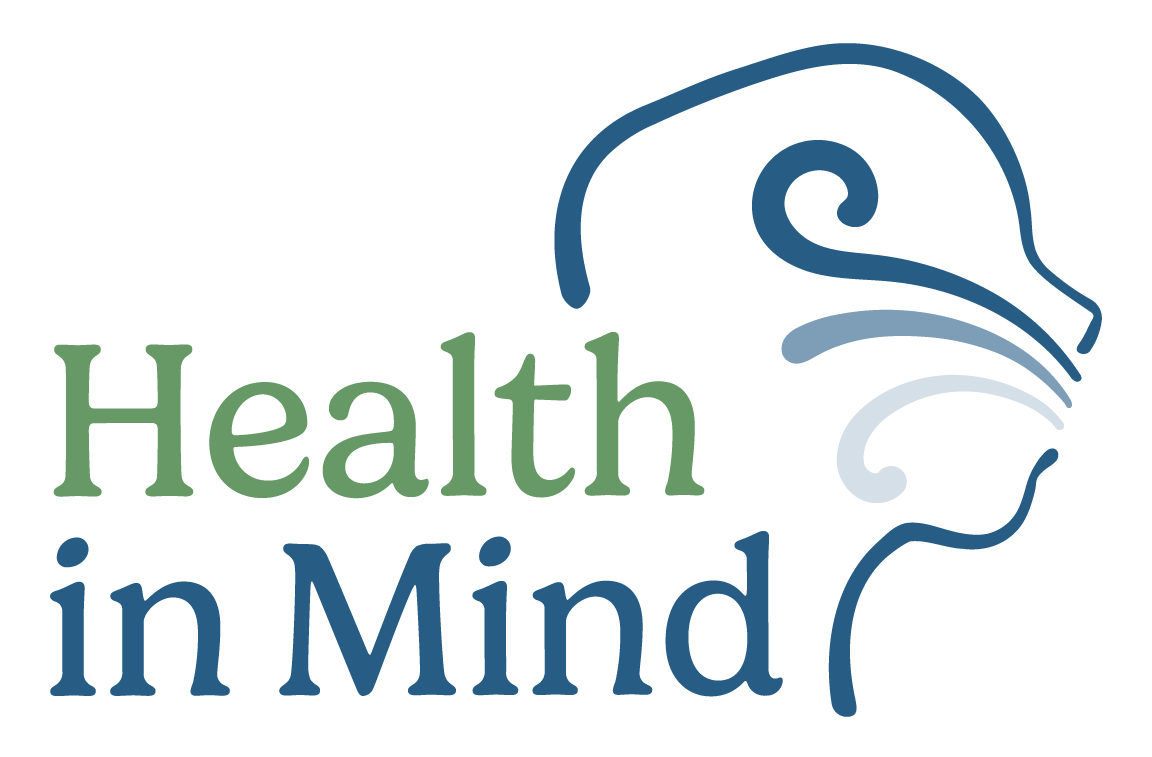Breathe on Purpose

Breathing is an action we engage in at least 17,000 times every day, both while we are awake and asleep, and is fundamental for our survival. Regardless of its importance, most people are unaware of their breath and how their lungs, trachea, diaphragm, blood vessels, and brain consistently work together to ensure they breathe at the right rate.
Dedicating time to focus on your breath and the rising and falling of your chest can offer many benefits. Specifically, taking deep breaths calms the central nervous system and provides long and short-term physical and emotional benefits. Here are four reasons as to why you should breathe intentionally:
- Enhancement of cognitive functions (concentration and memory)
- Ability to better manage stress, anxiety, and overwhelming emotions
- Acquire better sleep (greater melatonin production)
- Improvement in physical health and functioning (better digestion, lower blood pressure, stronger immune system, and more)
Breathing Techniques
You can practice breathing intentionally before you go to bed, when you feel stressed, or at any moment throughout the day to ground yourself. There are numerous mindful breathing techniques that you can implement in your life. Try one of them!
478 Breathing
We recommend trying the 478 breathing technique before you go to sleep.
- Step One: Find a relaxing spot to sit with your back straight.
- Step Two: Put the tip of your tongue behind your two top, front teeth.
- Step Three: Fully close your lips and inhale through your nose over the duration of four seconds.
- Step Four: For seven seconds, hold your breath.
- Step Five: Exhale through your mouth while keeping your tongue in place; this may make a “whoosh” sound.
- Step Six: Repeat the cycle three times.
Alternate Nostril Breathing
Try the Alternative Nostril Breathing technique when you’re feeling stressed and experiencing an increased heart rate and rapid breathing.
- Step One: Make a fist with one hand and straighten out your pinky finger and thumb.
- Step Two: Use one of your extended fingers to close one nostril by putting pressure on your nose. (left hand: put your thumb to your left nostril; right hand: put your thumb to your right nostril)
- Step Three: Take a slow, deep breath through your open nostril.
- Step Four: Hold your breath and plug your other nostril by switching your hand.
- Step Five: Exhale through your open nostril.
- Step Six: Repeat until your breathing slows.
Color Breathing
Try the Color Breathing technique when you’re feeling undesired and/or experiencing overwhelming emotion(s).
- Step One: Determine what emotion you are feeling in the present moment and a corresponding, representative color. (ex. red=mad)
- Step Two: Determine what emotion you desire to feel and the corresponding, representative color.
- Step Three: Visualize yourself exhaling the color of your undesired, current emotion and inhaling the color of the emotion you hope to feel.
Start Breathing with Purpose Today
All in all, integrating breathing techniques into your life can offer instant relief and long-term benefits. As highlighted earlier, focusing on your breath can assist in managing stress, improving cognitive functions, and enhancing physical health. Be patient with yourself and understand that pausing, breathing, and focusing on the current moment will become more natural with practice over time.
At Health in Mind, we emphasize that mindful breathing is a simple yet valuable activity to incorporate on your journey to health and wellness. If you are looking for support on your journey to health and wellness contact us today.
References
American Lung Association. (2017, July 19). How your lungs get the job done.
https://www.lung.org/blog/how-your-lungs-work
Jerath, R., Beveridge, C., & Barnes, V. A. (2019). Self-regulation of breathing as an adjunctive
treatment of insomnia. Frontiers in Psychiatry, 9, 780–780.
https://doi.org/10.3389/fpsyt.2018.00780
National Heart, Lung, and Blood Institute. (2022, March 24). How the lungs work.
https://www.nhlbi.nih.gov/health/lungs
University Hospitals. (2024, February 06). Breathe your way to better health & less stress.
https://www.uhhospitals.org/blog/articles/2024/02/breathe-your-way-to-better-health-and-l
ess-stress
